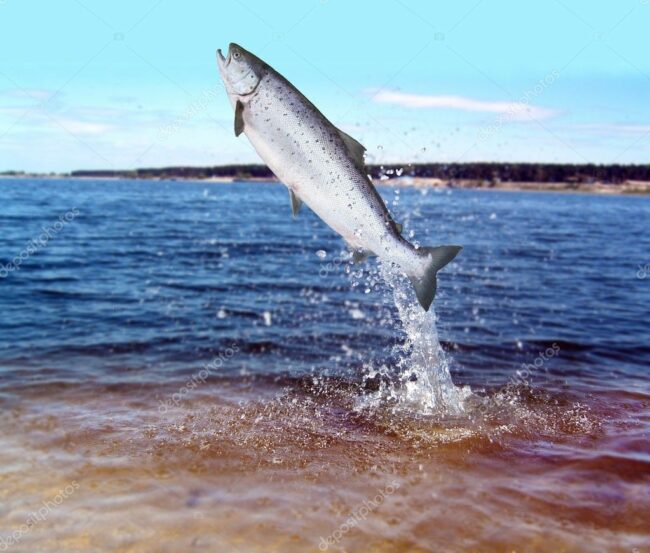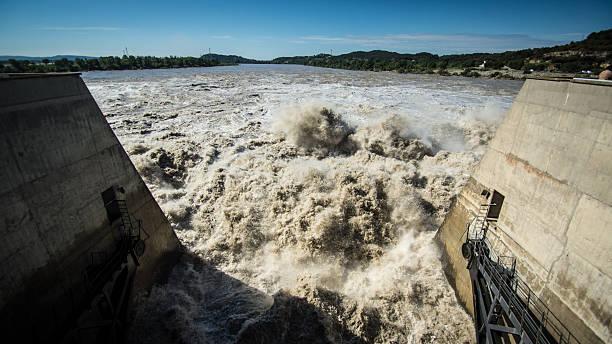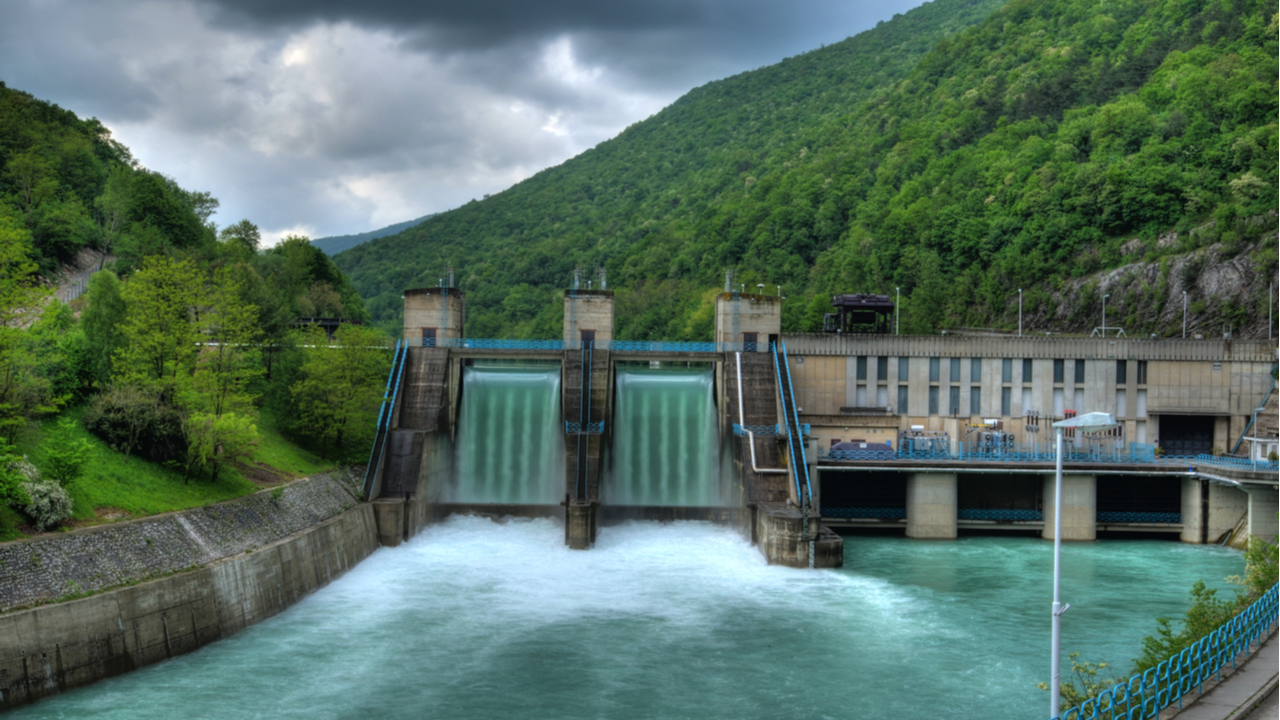While hydroelectric energy has both advantages and disadvantages, there is no doubt that hydropower is an effective way to generate power for a sustainable future. Besides, did you know that 16.6% of the electricity produced worldwide comes from water?
Although hydroelectric energy is undoubtedly a plentiful source of readily available energy, it has both advantages and disadvantages.
Since the advantages are more or less known, let’s see what the disadvantages of hydropower are. It is essential to know because if we try to make an energy transition to renewables we have to know the impact we make on nature by building dams.
It is true – hydropower impacts the environment
The potential negative effects of hydroelectric electricity on the environment may be its biggest drawback. Through their development, dams have the potential to harm or otherwise have an impact on the ecosystem both upstream and downstream.
First, they must build new power lines and roads, causing environmental disruption, to construct a dam.
Additionally, reservoirs created by dams can flood wide areas and uproot natural habitats. Dams cause flooding by creating areas of still or stagnant water, which kills plants and causes them to decompose, emitting greenhouse gases. Particularly in humid and tropical settings.
It impacts the fauna too

Also, water flow obstructions can have a significant impact on fish migration, particularly for species like salmon that depend on rivers for spawning. Even the biological signals that instruct fish where to go when it’s time to migrate might be impacted by dams. Some dams have attempted to address this drawback of hydroelectric power by building fish elevators or fish ladders to facilitate the migration of migratory fish to their spawning areas. But that’s not cheap.
Water quality is the last environmental drawback of hydroelectric power. When dams are built, they restrict water movement, which lowers the amount of oxygen in the water. Decreased oxygen levels downstream may be a consequence of lower oxygen levels behind the dam.
Some fish species find it more difficult to thrive when there is less oxygen in the water, which has an impact on river habitats. The rise in carbon dioxide and methane emissions from a hydropower plant can harm all types of aquatic plant life to decompose, which could have a negative influence on the ecology nearby.
Hydropower possibilities have limits – you cannot build a dam everywhere
Water is an endless resource, but there are not many places where you can put a dam. This is a drawback of hydroelectric power since it prevents dams from being built in just about any place.
In actuality, the majority of sites that are suitable for hydroelectric dam construction have already been utilized.
Even if a region might support a hydroelectric dam, another thing to keep in mind is that the project could not be profitable enough to be beneficial.
Hydropower is expensive: It is not cheap to build a dam
The cost of initially constructing a dam is another drawback of hydroelectric power. Even if they don’t cost much to run, it might take a dam long time to pay for itself.
Some dams take two to five years to build, but others can take much longer and cost more money. The Itaipu Dam’s construction, for example, took 18 years and $18 billion in total.
It is more challenging to recover the money spent on the dam’s development due to overspending and delays.
Building a dam means displacing people from their homes

Reservoirs force people as well as animals out of their natural environments. This drawback of hydroelectric power can be quite detrimental to local populations. People who have spent their entire life in one place may be compelled to leave, and while usually rewarded them for doing so, it cannot make up for what they have lost. So, this is expensive too.
Dams have destroyed cities, towns, and villages and uprooted native civilizations. Occasionally, people face eviction from their homes under threat of violence if they refuse to leave because of construction.
Hydropower depends on water abundance – sometimes are droughts sometimes are floods
Water may and does experience cycles of excess and scarcity. Engineers should consider this while assessing the benefits and drawbacks of hydroelectric power.
The production of energy suffers a significant impact from lower-than-normal water levels. It is a drawback of hydroelectric power. Hydro energy production can contribute to drought conditions downstream if it doesn’t allow enough water to get through. This is another problem in addition to cases of drought.
This might be particularly harmful if they build a dam next to a river or reservoir that allows water to flow into another country. Intentionally or accidentally, the country upstream could result in a drought in its adjacent country.
Hydropower plants are safe, but not always
Dams still pose risks notwithstanding the absence of combustible fuel. Dam failures and construction mishaps both have the potential to cause harm or even fatalities.

The Hoover Dam claimed as many as 112 lives during construction. The demolition of the Banqiao Reservoir Dam in China by a storm in 1975, was one of the biggest disasters ever. Approximately 171,000 people died as a result of the Banqiao Dam’s failure.
Due to technological development, engineers build modern dams to be stronger. They have better safety standards than those from the past.
Thus, besides these disadvantages of hydroelectric energy production, it is still an efficient means of producing sustainable energy for many years in the future.

